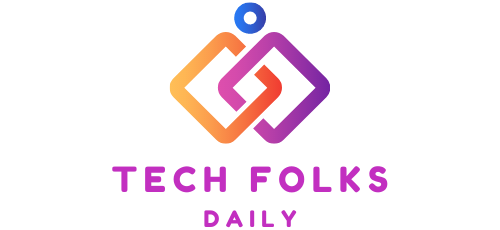At the beginning of the 2017/2018 season, Real Madrid Club had a squad valued at 1,043.5 million euros (the sum of the market value of its 23 players). Why, then, does the value of the club rise to 3,600 million? Because the value of a team that collaborates well is always more significant than the sum of its members.
The same thing happens in organizations. No matter their talent and human capital, only the correct interrelationship between workers leads to distinctive, successful processes. Furthermore, sometimes certain individuals who barely stand out in isolation do so when they work in collaborative environments.
This figure summarizes the result of foundational work on the network analysis approach applied to organizations.
The organization chart on the left shows the formal organization chart of a group of executives of an oil company, and on the right, the so-called «social graph» that resulted from analyzing the real network of relationships.
It turned out that Cole (the prominent individual in the graphic) controlled most of the information flows, being one of the most peripheral collaborators in the formal structure. This is a surprising result, but one repeatedly repeated in this type of study, both the type of result and the importance of detecting these unexpected positions.
In this specific case, the type of lawsuits to which Cole was subject was subsequently analyzed to try to distribute them among other executives, and this mainly with two objectives: first, to reduce the over-demand to which Cole was subjected; secondly, to generate a more robust and resistant network to, for example, Cole’s departure from the organization.
In recent years, organizations have become aware of the importance of managing what we could call their “social capital” to detect and take into account positions such as Cole’s and improve team performance.
Knowing these non-formal interaction patterns and how they are framed in the formal structure opens new possibilities to align the intangible (human and social capital) with the organization’s objectives. In fact, there is a progressive trend in today’s organizations toward reducing formal hierarchical levels and promoting the autonomy and participation of its members.
Also Read : Big Data And Artificial Intelligence: Partners In Medicine




